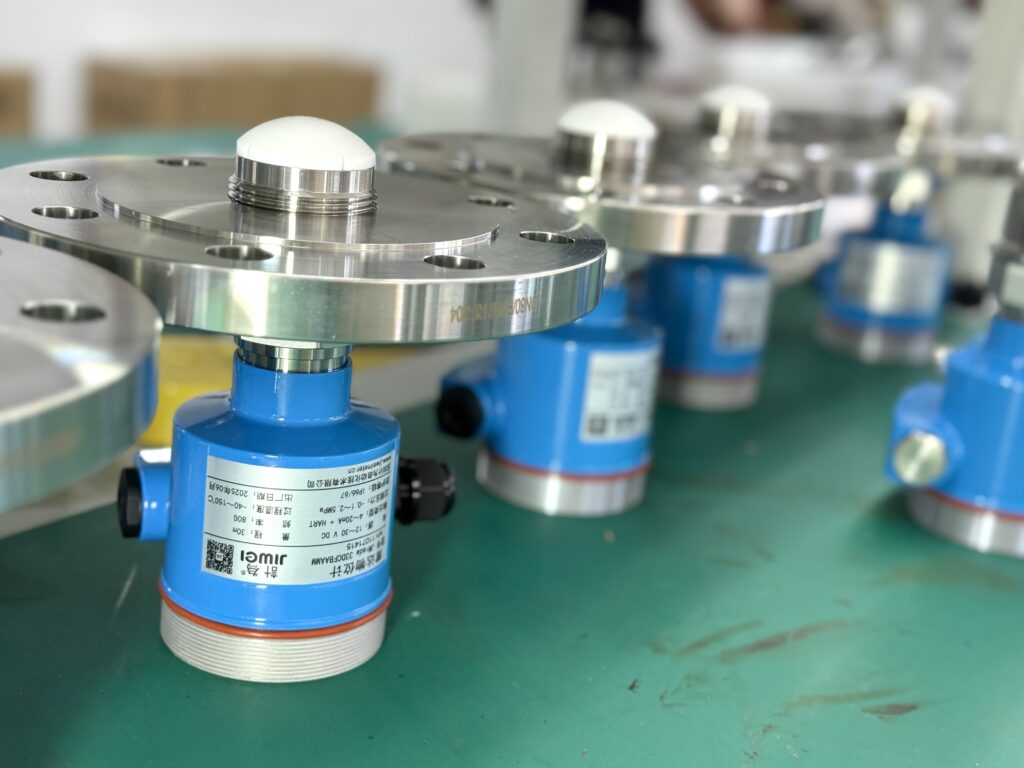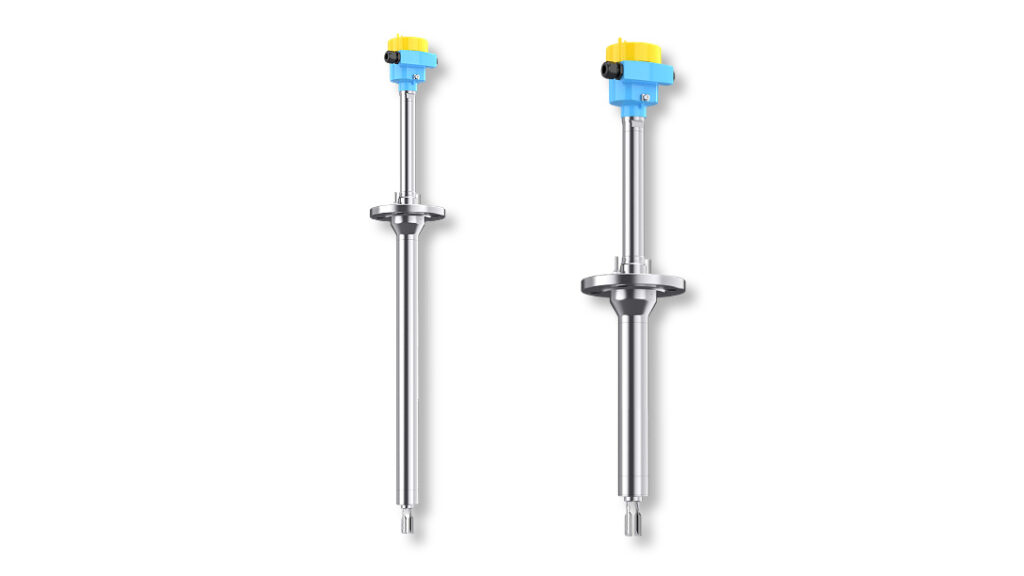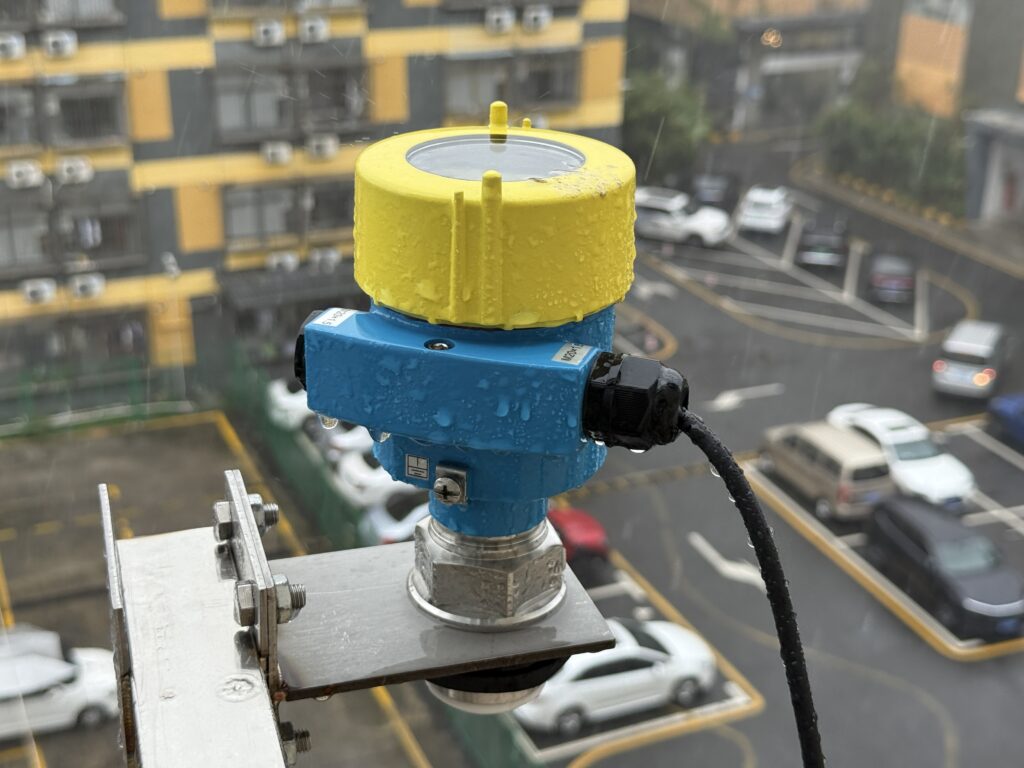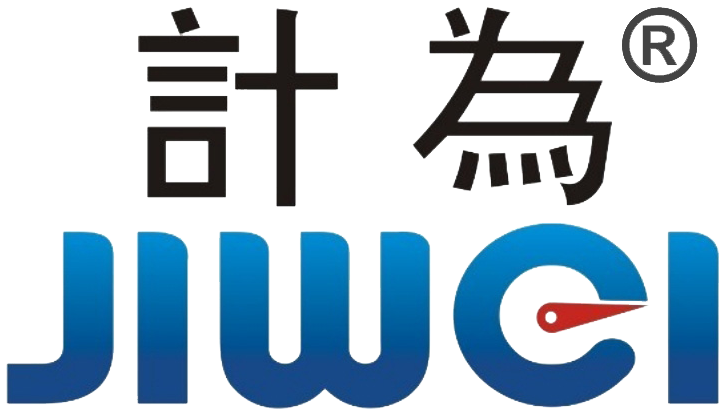Contact vs. Non-Contact Measuring Instruments: Principles, Advantages, and Applications
In modern industrial automation and precision manufacturing, measuring instruments play a critical role. They are essential for monitoring, measuring, and controlling various physical parameters such as temperature, pressure, and level. Based on their method of data acquisition, measuring instruments are generally classified into contact-type and non-contact-type devices. Contact instruments obtain measurements through direct physical interaction with the target medium, while non-contact instruments use technologies such as electromagnetic waves, optics, or acoustics to perform remote sensing.
This article presents a detailed comparison of the working principles, advantages and disadvantages, and typical application scenarios of both types, helping you choose the optimal measurement solution for your specific industrial needs.

Contact-Type Measuring Instruments
Contact-type measuring instruments acquire data through direct physical contact with the object or medium being measured. They are widely used for measuring temperature, pressure, level, and mechanical properties. Common examples include thermocouples, pressure sensors, hardness testers, tensile testers, calipers, micrometers, and level switches such as tuning fork level switches, vibrating rod level switches, and rotary paddle level switches.

1.1 Working Principles
These instruments rely on direct interaction with the measured object to capture data through changes in physical properties:
- Temperature Sensors: Devices like thermocouples, NTC/PTC thermistors, and RTDs (Resistance Temperature Detectors) measure temperature by detecting changes in voltage, resistance, or current.
- Pressure Sensors: Use membrane or diaphragm displacement to determine pressure when in direct contact with liquids or gases.
- Level Switches: Tools such as tuning fork, vibrating rod, and rotary paddle level switches detect the presence or absence of materials by physical interaction with the medium.

1.2 Advantages and Disadvantages
Advantages:
- High Accuracy: Especially suitable for applications requiring precise readings, such as dimensional inspection or level control.
- Mature Technology and Low Cost: Proven designs and wide availability make them cost-effective for many industrial processes.
- High Reliability: Simple construction ensures long-term stability in many standard environments.
Disadvantages:
- Surface Interference: Contact may damage sensitive surfaces or introduce measurement errors in precision applications.
- Limited Environmental Tolerance: May not perform well in high-temperature, high-pressure, or corrosive environments.
- Maintenance Required: Regular calibration and cleaning are often necessary due to sensor wear or contamination.
1.3 Application Scenarios
- Quality Inspection: Used in machining and production environments to measure dimensions and tolerances.
- Material Testing: Suitable for evaluating mechanical properties like hardness or tensile strength.
- Level Monitoring: Widely used in the chemical, petroleum, and food industries for level control of liquids or bulk solids.
Non-Contact Measuring Instruments
Non-contact measuring instruments gather measurement data without physically touching the object. Instead, they use optical, acoustic, or electromagnetic technologies to capture readings. Common devices include laser distance meters, infrared thermometers, ultrasonic thickness gauges, laser displacement sensors, radar level transmitters, and ultrasonic level meters.

2.1 Working Principles
Non-contact instruments derive measurements by analyzing emitted or reflected signals:
- Laser Distance Meters: Calculate distance by measuring the time taken for a laser beam to reflect back from the surface.
- Infrared Thermometers: Detect infrared radiation emitted by objects to estimate temperature.
- Radar Level Meters: Emit radar waves that reflect off a surface to determine level—ideal for high-pressure, high-temperature, or corrosive environments.
- Ultrasonic Level Meters: Use sound wave echoes to measure level, commonly used for liquids and bulk solids.
2.2 Advantages and Disadvantages
Advantages:
- Non-Invasive: Ideal for delicate, hot, or hazardous materials as there is no physical contact.
- Adaptable to Harsh Conditions: Can operate in extreme environments such as high temperatures, pressures, and corrosive atmospheres.
- Remote Monitoring: Enable safe and convenient data collection in inaccessible or hazardous areas.
Disadvantages:
- Environmental Sensitivity: Accuracy can be affected by factors like dust, steam, turbulence, or temperature variations.
- Higher Cost: Advanced technology results in greater initial investment and more complex maintenance requirements.
2.3 Application Scenarios
- High-Temperature Environments: Used in metallurgy, steel production, and power plants for precise, contactless temperature monitoring.
- Hazardous or Remote Locations: Ideal for use in oil & gas or chemical facilities where safety and access are concerns.
- Level Measurement: Radar and ultrasonic level meters are preferred in tanks, silos, and reactors under severe conditions.
Contact vs. Non-Contact Measuring Instruments: A Comparison
3.1 Principle of Operation
- Contact Instruments: Measure physical properties like resistance, voltage, or displacement through direct contact.
- Non-Contact Instruments: Rely on reflected or emitted signals (light, sound, or electromagnetic waves) without any physical interaction.
3.2 Accuracy and Suitability
- Contact Instruments: Offer higher accuracy and are suitable for controlled environments but are limited in extreme conditions.
- Non-Contact Instruments: Provide safe and flexible measurements, especially where physical access is difficult or dangerous.
3.3 Cost and Maintenance
- Contact Instruments: Lower upfront costs but require regular maintenance due to wear or exposure.
- Non-Contact Instruments: Higher initial costs but more durable and lower-maintenance in the long term for harsh environments.
Conclusion
Both contact-type and non-contact measuring instruments are indispensable in industrial automation. Contact instruments offer high precision and proven performance in conventional settings, while non-contact instruments provide superior safety, flexibility, and environmental resilience in complex and hazardous environments.
Choosing the right type of measuring instrument depends on your application requirements, desired accuracy, and environmental conditions. A well-informed selection not only improves operational efficiency but also enhances safety, reliability, and productivity across industrial systems.
